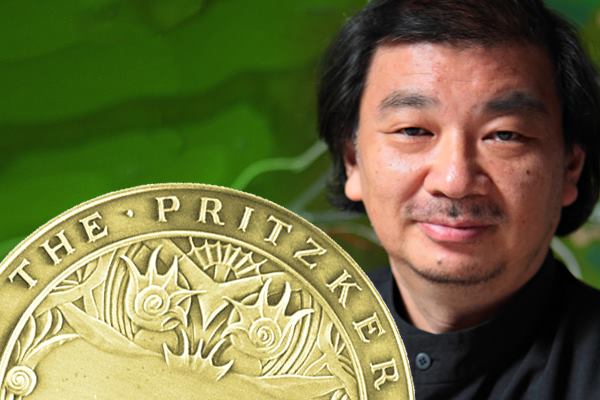Was naming Shigeru Ban, Hon. FAIA, as the recipient of the 2014 Pritzker Architecture Prize an implicit apology? Last year, the jury refused a popular change.org petition to retroactively recognize Denise Scott Brown alongside her partner and husband Robert Venturi, FAIA, who won in 1991. In picking Ban, were Lord Palumbo & Co. quietly making nice, as it were? A cynical person would describe the selection as a calculated ploy, a grasp at political cover—kind of the same deal as the Museum of Modern Art hiring Diller Scofidio + Renfro, after deciding to demolish Tod Williams and Billie Tsien’s American Folk Art Museum.
To be clear, Ban absolutely deserves the prize, just as Diller Scofidio + Renfro deserves the MoMA commission. It’s the great talent of these architects, and their justifiable popularity, that makes the respective Pritzker and MoMA decisions to choose them so very clever. In MoMA’s case, it’s easy to believe that the hiring of Diller Scofidio + Renfro was a deliberate move by the museum board and director Glenn Lowry to appease vocal and outraged members of the design community.
But what about the Pritzker? Is it a coincidence that this year, of all years, the jury landed on a laureate who is not only a great designer, but also a great humanitarian? A laureate who simply by association will make the jury, and the prize as a brand, look a little less … corporate? Maybe even a little more … caring?
If this year’s Pritzker recipient had been a woman, the gesture might have come across as pandering—a criticism I’ve heard repeatedly about the AIA Gold Medalist for 2014, the late Julia Morgan. “What! There aren’t any living women architects who deserve the Gold Medal?” was the reaction of one (female) friend.
While there’s no getting past the facts that a) Ban has a Y chromosome and b) Morgan is dead, it is still a good thing that two of architecture’s major institutions have chosen in the same year to recognize excellent work for, and by, the historically marginalized.
It’s fashionable—maybe a little too fashionable—to decry the Pritzker and other such design awards for perpetuating the starchitecture-industrial complex, the whole Howard Roark lone visionary thing.
Are the winds of change a-blowin’? Medals for Morgan and Ban are healthy institutional acknowledgements of the truths that women have every right and reason to be architects, for equal pay and equal recognition, and that architecture isn’t just another luxury good for the 1 Percent—like some oversized Hermès handbag with a moisture barrier.
I love when awards deliver a surprise, and it’s especially great when the Pritzker names a laureate from off the beaten path, like Sverre Fehn or Paulo Mendes da Rocha. Just as lovely would be for the jury to rethink the convention of only recognizing individuals, and to also give the nod to teams, institutions, and collectives.
As we all know, it takes a village to design and construct a building. So how about this? The 2015 Pritzker jury could take a cue from the AIA and posthumously honor Sam Mockbee, who died in 2001. The Rural Studio he founded still thrives in Hale County, Ala., and it is a model for architecture and social justice. I’m thinking of starting another change.org campaign, called “A Pritzker for Sambo.” If it’s successful, the ceremony should happen in Hale County, in the presence of every student, teacher, and client of the studio since its inception in 1993.
Not that the Pritzker jury should give up the big boys of high design. There will always be another Thom Mayne, FAIA, or Zaha Hadid, Hon. FAIA, ready for the spotlight. And there will always be armchair jurors like me, second-guessing the jury’s motives and choices. The bottom line is that the profession is lucky to have such a high-profile program as the Pritzker. The prize does an essential job: It reminds people of the value that architects provide through their work.
